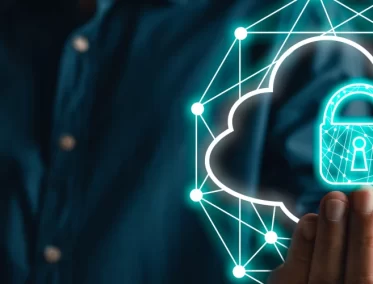Organizations without any SaaS cost optimization plans rush into SaaS technology investments. According to Gartner, they end up overspending on SaaS services by up to 70% without deriving the expected value from it. So, how can IT leaders realize cost savings and avoid SaaS overspend?
IT leaders often lack the necessary expertise and experience to realize all the SaaS cost savings possible. As most SaaS resources are priced based on their usage, making internal changes to minimize waste and overconsumption is usually the most effective way to reduce SaaS costs.
3 Ways to Achieve SaaS Cost Savings
1. Assess and Optimize Demand
SaaS subscriptions can be left underutilized by users who have other, more urgent responsibilities. This is because SaaS subscription requests aren’t always motivated by genuine business needs but instead by a fear of missing out. Once access is granted, it is seldom reviewed in most organizations.
Casual SaaS service users are often not as productive as power users. It is therefore important to have a resource who specializes in a SaaS solution and uses it on behalf of the team, significantly reducing the number of subscriptions needed.
Gartner found that organizations with little or no cloud cost optimization plans overspent on cloud services by up to 70%. Business leaders must consult their IT departments for advice on how to monitor and optimize their usage of SaaS resources. By planning capacity effectively for unpredictable demand, organizations can reduce their SaaS subscription costs.
2. Manage SaaS Providers Effectively
Many organizations move to the SaaS model hoping to lower their costs, only to discover that they are incurring additional costs that they hadn’t foreseen. Online cloud cost comparison calculators cannot account for all possible scenarios but such unpleasant surprises can be avoided through proper cost planning and oversight.
Customers often lack knowledge or control over any incremental costs that can be incurred after moving to the cloud. This could include additional fees for services like data storage. Businesses must therefore examine the terms of their agreement carefully and manage their SaaS providers to avoid unforeseen, avoidable costs. You can also negotiate the terms well and avoid being locked into a cloud service whose provider continually increases fees.
3. Recognize SaaS Savings Across the Organization
Organizations moving to the SaaS expect savings only in their IT costs but they could occur across the organization. Even after moving to the SaaS, business leaders can collaborate with their cross-functional peers to identify and recognize SaaS cost benefits outside the IT department. These savings can either be reported in the respective department budget or consolidated into a single budget. Business leaders must fix accounting anomalies and ensure that all SaaS cost savings are recognized as cash-flow savings, irrespective of which budget they appear under.
SaaS cost savings are not confined to data center buildings and hardware. Capital investment in software can also be reduced by using cloud solutions. By selecting an out-of-the-box solution that needs little customization, organizations can also avoid the capital cost of developing a custom-made solution.




